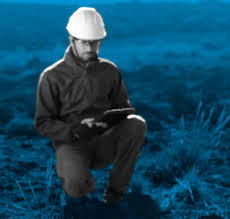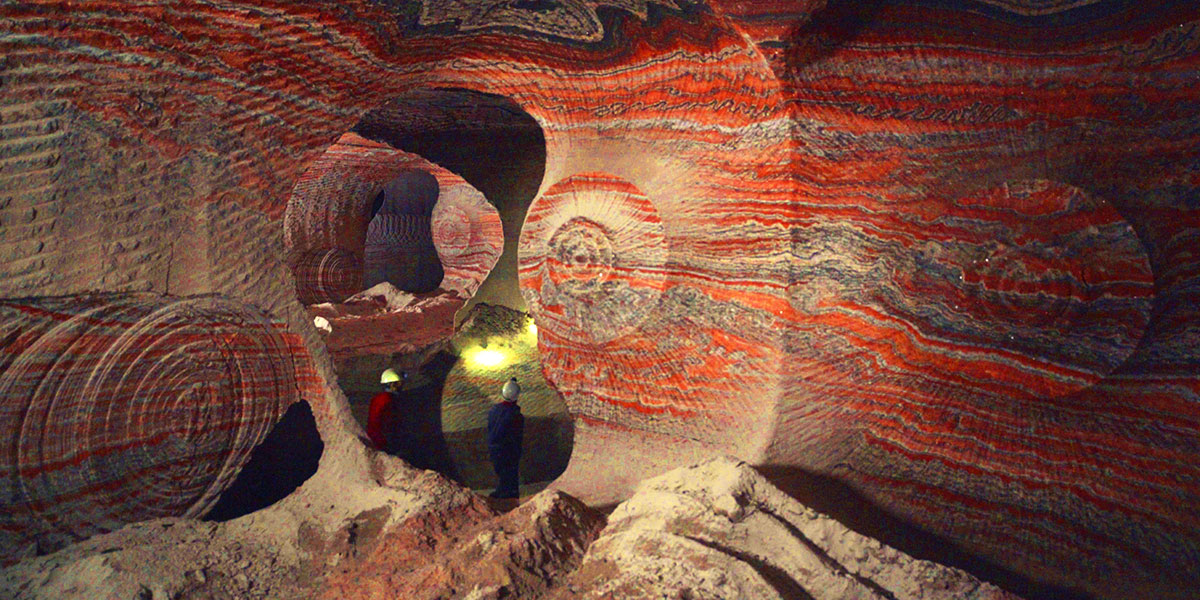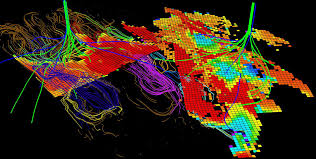

This course is designed to provide an overview of one of the most important factors that determine the success or failure of an oil & gas project, this highly interactive program will equip you with a fundamental understanding of:
By the end of this course delegates will be able to:
Geologists, Geophysicists, Petrophysicists, Stratigraphers, Geochemists, Sedimentologists, Reservoir, Petroleum, Wellsite Geologists, Petroleum Engineers, Drilling Engineers, Reservoir Engineers, Production Engineers, Operations Engineers, Technologists, Log Analysts, E&P Personnel, Exploration & Development Personnel, Surveillance Engineers, Geologists, Reservoir Engineers, Seismic Interpreters, E&P Managers, Data Management and Oil & Gas Personnel
This interactive Training will be highly interactive, with opportunities to advance your opinions and ideas and will include;
Key Elements of Petroleum Geology & the Role of Seismic
Fundamentals of Seismology
Basic Principles
Essential Characteristics of Seismic Sections
Fundamentals of Seismic Acquisition
Energy Sources
Receivers
Limitations on Seismic Imaging
Geometrical Principles
Survey Planning and Execution
Fundamentals of Seismic Processing
Basic Processing Routines
Case Histories & Examples
BTS attendance certificate will be issued to all attendees completing minimum of 80% of the total course duration.
| Code | Date | Venue | Fees | Register |
|---|---|---|---|---|
| GE122-01 | 12-04-2026 | Dubai | USD 5450 | |
| GE122-02 | 12-07-2026 | Marrakesh | USD 5950 | |
| GE122-03 | 21-09-2026 | Kuala-Lumpur | USD 5950 | |
| GE122-04 | 22-11-2026 | Dubai | USD 5450 |

This course will provide the candidates with the fundamentals and language of petroleum geology, exploration, drilling and production. This understanding will enable you to communicate more efficientl ...

Finding new oil and gas reserves is core business for most oil & gas companies or government petroleum organizations. Geologist working in exploration teams need to have a thorough grasp of the geolog ...

This five day Advanced Seismic Interpretation Course is designed for E&P professionals and aims to provide essential knowledge on visualization, integration, and interpretation techniques that have be ...

Petroleum exploration depend on geophysical and geological integration, in this course we will explain in details how to interpret seismic data and geological interpretations, seismic is one of the m ...
Providing services with a high quality that are satisfying the requirements
Appling the specifications and legalizations to ensure the quality of service.
Best utilization of resources for continually improving the business activities.
BTS keen to selects highly technical instructors based on professional field experience
Since BTS was established, it considered a training partner for world class oil & gas institution
1st floor, Incubator Buildingو Masdar City, Abu Dhabi, UAE
Sun to Fri 09:00 AM to 06:00 PM
Contact Us anytime!
Request Info